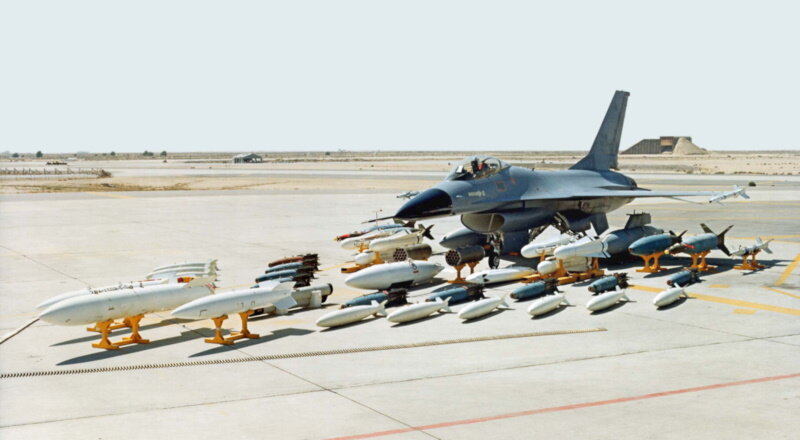- Joined
- 27 September 2006
- Messages
- 6,052
- Reaction score
- 6,153
This cropped up in the thread about the F104 and deserves its own thread.
Medium bombers served in all the major air forces at the beginning of the 1960s.
The USAF had a massive force of B47s which were being withdrawn as the B52 entered service. But it also had the B58 Hustler which had superaonic performance but with limited range and colossal cost.
The Soviet Union had the Tu16 Badger which covered both land targets in Europe and China as well as carrying anti ship missiles to hit US carriers. It developed the Tu22 Blinder as a replacement. This plane was even supplied in small numbers to Iraq and Libya. In a developed form as the Tu22M Backfire it scared the West in the 70s.
Britain and France had medium bombers. The Valiant like the B47 was due to leave service but the Vulcan and Victor received the Blue Steel stand off bomb and were then expected to stay in service with free fall bombs. In the event the Vulcan served in this role until 1983 while the Victors rerroled as tankers.
France introduced its Mirage IV which served throughout the remainder of the Cold War.
Britain had hoped to deploy TSR2 replacing Valiants in the late 1960s and briefly planned to use the F111K to replace Vulcans and Canberras East of Suez.
Fast forward to the present day.
The B52H remains in service as the USAF big stick while Russian Tu95 Bears have found a new lease of death firing missiles at Ukraine.
Russia also uses its Backfires in this role.
Meanwhile China's Tu16 lookalike is still shipping missiles to threaten US carriers.
Despite the close ties between Russia and China no later Russian bombers have found their way East.
The B58 Hustler gave way to the FB111A which needed forward bases to operate against the Soviet Union. I must admit to being puzzled as to where and how these aircraft with their SRAMs would have been deployed. Presumably from USAF bases in UK and Spain.
The alternate history scope for these medium bombers is considerable.
Medium bombers served in all the major air forces at the beginning of the 1960s.
The USAF had a massive force of B47s which were being withdrawn as the B52 entered service. But it also had the B58 Hustler which had superaonic performance but with limited range and colossal cost.
The Soviet Union had the Tu16 Badger which covered both land targets in Europe and China as well as carrying anti ship missiles to hit US carriers. It developed the Tu22 Blinder as a replacement. This plane was even supplied in small numbers to Iraq and Libya. In a developed form as the Tu22M Backfire it scared the West in the 70s.
Britain and France had medium bombers. The Valiant like the B47 was due to leave service but the Vulcan and Victor received the Blue Steel stand off bomb and were then expected to stay in service with free fall bombs. In the event the Vulcan served in this role until 1983 while the Victors rerroled as tankers.
France introduced its Mirage IV which served throughout the remainder of the Cold War.
Britain had hoped to deploy TSR2 replacing Valiants in the late 1960s and briefly planned to use the F111K to replace Vulcans and Canberras East of Suez.
Fast forward to the present day.
The B52H remains in service as the USAF big stick while Russian Tu95 Bears have found a new lease of death firing missiles at Ukraine.
Russia also uses its Backfires in this role.
Meanwhile China's Tu16 lookalike is still shipping missiles to threaten US carriers.
Despite the close ties between Russia and China no later Russian bombers have found their way East.
The B58 Hustler gave way to the FB111A which needed forward bases to operate against the Soviet Union. I must admit to being puzzled as to where and how these aircraft with their SRAMs would have been deployed. Presumably from USAF bases in UK and Spain.
The alternate history scope for these medium bombers is considerable.

